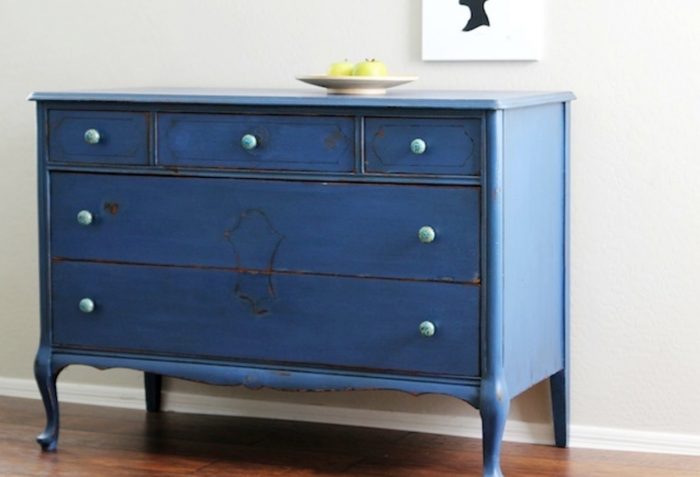Lime Paint or as it's more commonly known whitewash has always been considered a “poor mans paint” due to the fact that it is normally used as a sealant or to spruce up walls not as an actual paint.
Whitewash, like any white paint, reflects heat. Ironically, though, it also serves as a thermal insulator when applied in thick layers. So it keeps homes cool during the heat of the day, but helps retain interior warmth on chilly nights. According to the US General Services Administration, it is also an effective fire retardant.
Tools You Will Need:
- 5 parts Hydrated lime
- 1 part table salt
- Water
- Bucket for mixing
- Eye protection
- Gloves
- Stirrer
Step 1 – Measure
Measure out your 5 to 1 ratio of lime to salt. When you are making the mixture for the first time, only make enough to experiment with the product you plan to whitewash so that you can see the result before you tackle the whole project.
Step 2 – Add Water
Slowly add in the water. Bring your whitewash solution to the consistency of a creamy paste. Try not to go overboard and add tons of water all at once or you will end up having to measure out more hydrated lime and salt to balance it out.
Step 3 – Mix It Up
Use any stirring device that you are comfortable with. Be sure to get all of the dry pockets out of the mixture. Dry ingredients have a tendency to clump together and leave lumps, but you can control the texture by adding water slowly and stopping to stir the mixture before adding more. The steps for mixing a whitewash recipe are quite simple, if you don’t achieve the desired result, there are many things that you can do to alter the outcome. You can let the solution sit overnight. You can add pigmentations to the mixture to get a different color or you can try a different recipe altogether. One simple thing you can try is omitting the salt. You can also create whitewashes from paint.
A few things to remember:
- Hydrated lime is caustic, so wear gloves and a dust mask.
- Since whitewash is thin, it may appear as though you’re not covering a surface well as you apply it; but it will whiten up considerably as it dries. Give it some time before you add another coat.
- It isn’t permanent and will wash off over time, especially when frequently and heavily exposed to rain. Some may even rub off on you when you lean against a whitewashed wall. If it gets on your clothes, don’t worry – it’ll wash off easily with water.
- It is not harmful to humans or animals.
To find out how to make your own milk paint at home keep reading
